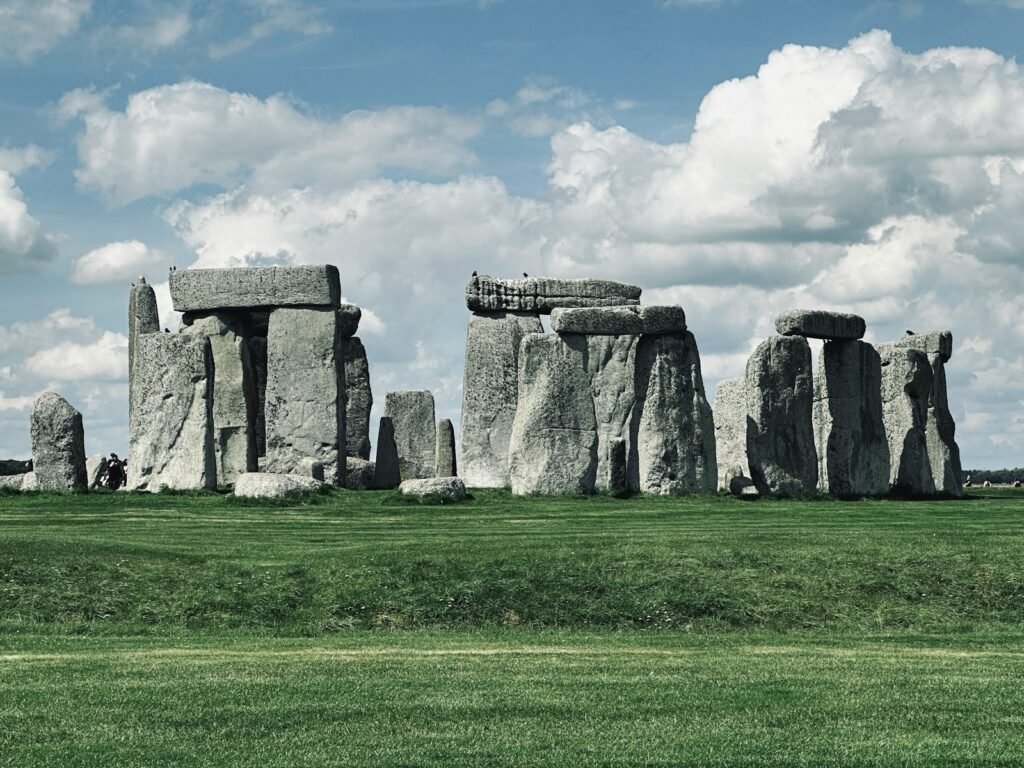Steam lifts off the Icelandic earth like a living breath, carrying the bite of sulfur and the rumor that something ancient still works in the dark. What thrives here isn’t scenic – it’s microscopic – and for years it stayed hidden behind scalding water, toxic gases, and the limits of our tools. Now, scientists are peeling back the crust with portable DNA sequencers and ultra‑fine chemical sensors, finding organisms that turn volcanic chemistry into energy as effortlessly as we boil tea. Each pool, vent, and mud pot reads like a riddle: why this color, this smell, this fizz? The answers are changing how we think about life’s beginnings, its boundaries, and maybe its future on other worlds.
The Hidden Clues
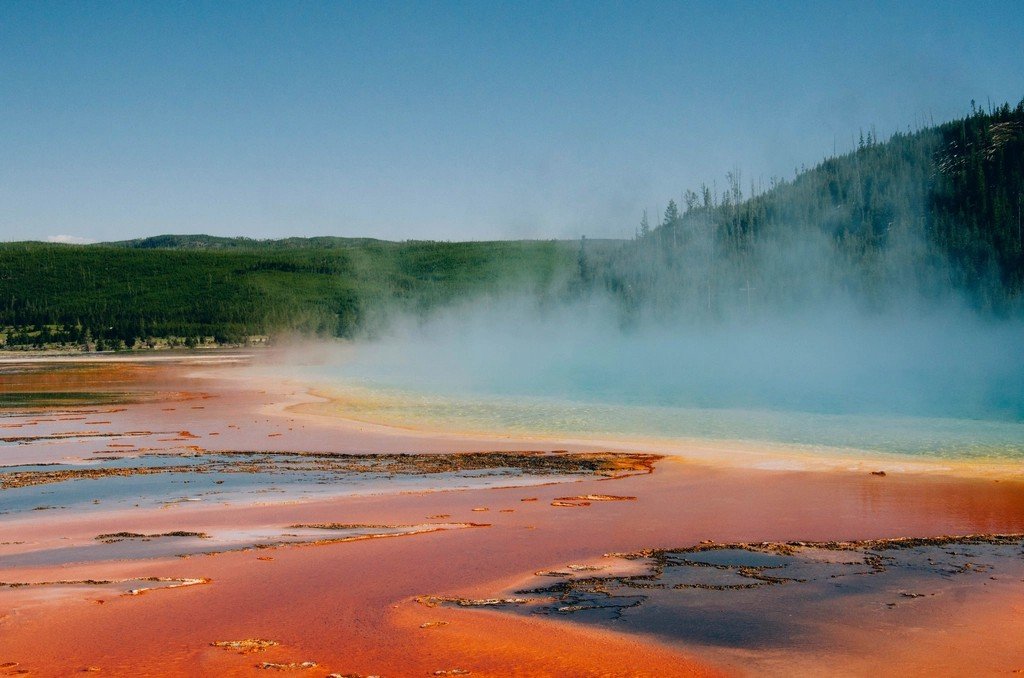
What if those neon streaks around a steaming pool are not stains but maps drawn by microbes? The butter‑yellow fringe often signals sulfur‑oxidizers at work, while rust‑red bands hint at iron‑eating communities layering minerals grain by grain. A bright green halo, where the water runs a little cooler, can host hardy photosynthetic mats that cling to rocks like velvet. Even the white, glassy crust tells a story, as silica precipitates and traps filaments that look like fossilized brushstrokes. Stand quietly and you can watch color and chemistry negotiate every inch of shoreline.
These patterns form because gradients in heat, acidity, and gas shift over a hand’s span, creating microhabitats stacked like floors in a high‑rise. Microbes partition the real estate with ruthless efficiency, swapping electrons across sulfur, hydrogen, iron, and carbon as conditions change. The result is a living mosaic that edits itself with each gust of wind or pulse of groundwater. I’ve seen a pool’s edge change its palette by midday, as if the spring were switching teams in slow motion. It feels less like scenery and more like a simmering city.
From Ancient Tools to Modern Science
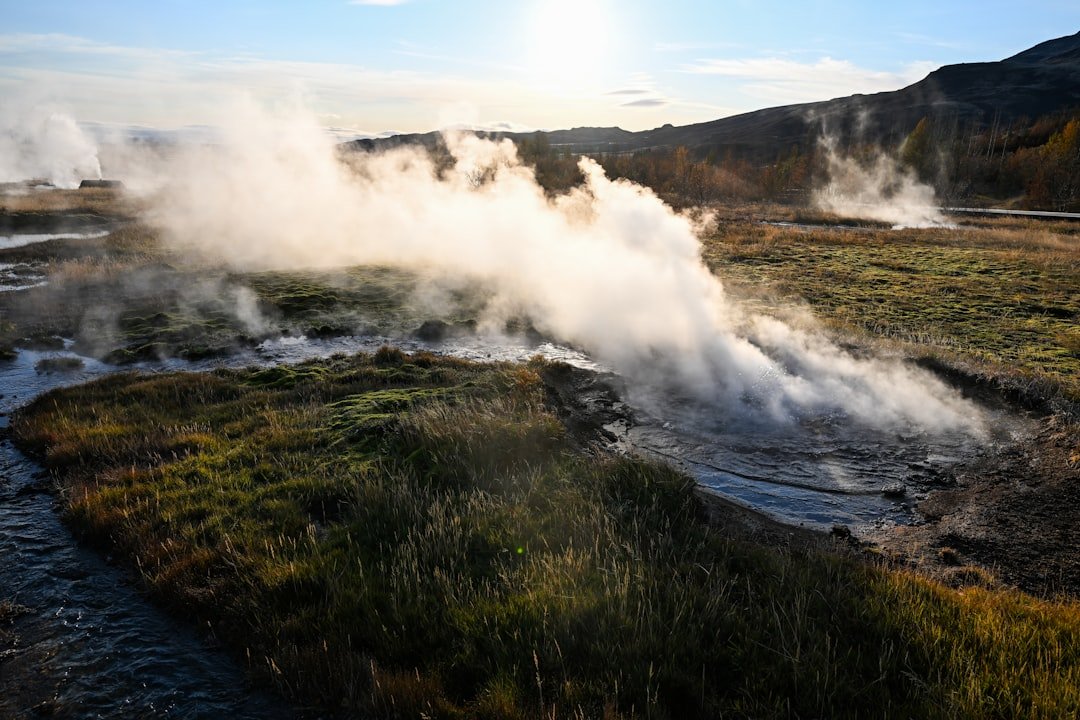
Geothermal energy shaped Icelandic life long before modern labs, from cooking in hot springs to warming greenhouses through long winters. Today, that intimacy with heat fuels a scientific toolkit that would’ve seemed outlandish a decade ago. Researchers arrive with field‑ready sequencers the size of a chocolate bar, pulling metagenomes from a few drops of scalding water. Microelectrodes map oxygen and sulfide over millimeters, while isotope tracers reveal who’s eating what in real time. Single‑cell sorting and long‑read sequencing then stitch the puzzle together back at base.
What once took years of culturing now happens in days, and often without ever growing the microbes in a dish. That matters because traditional culturing captures only a tiny slice of hot‑spring life, leaving the vast majority as ghost data. With genome‑resolved approaches, scientists can reconstruct metabolic playbooks and even infer how neighboring species share nutrients. It’s like upgrading from eavesdropping through a wall to having the blueprints and a seat at the table. The field feels both grounded and giddy, like we’ve just cracked open the door to a roaring engine room.
The Chemistry That Feeds Them
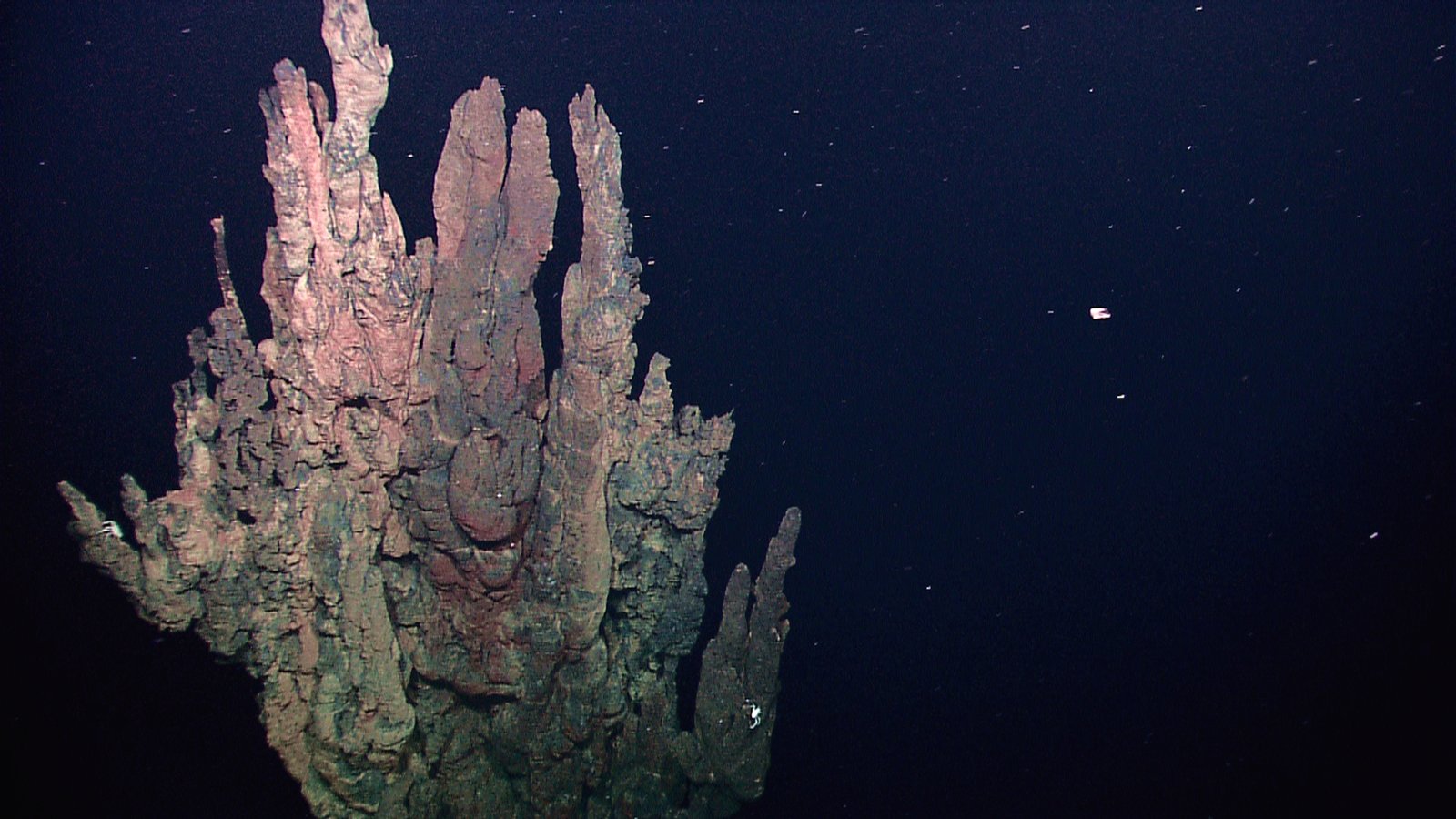
Heat alone doesn’t feed anyone; it’s the redox dance that pays the bills. Sulfur‑oxidizers skim energy by turning hydrogen sulfide into sulfate, nudging local waters acidic and leaving mineral signatures in their wake. Iron‑reducers and iron‑oxidizers pass the baton in rust‑colored zones, painting rocks with pigments that are more ledger sheet than decoration. Hydrogen‑eaters sip dissolved gas rising from deep fractures, while methanogens, tucked into anoxic sediments, spin carbon dioxide and hydrogen into methane bubbles. Every pathway is a wire in a circuit that flashes on and off as temperatures and flows shift.
Those reactions don’t just sustain life – they sculpt the pools themselves. Silica encrusts microbial filaments and builds fragile terraces that can crumble under a misplaced boot. Carbonate nodules accrete where microbes exhale subtle pH changes, seeding stones that look handmade. Trace metals move in and out of solution depending on who is metabolizing, refashioning the pool’s chemistry by the hour. In a literal sense, these microbes write their history in stone.
Why It Matters
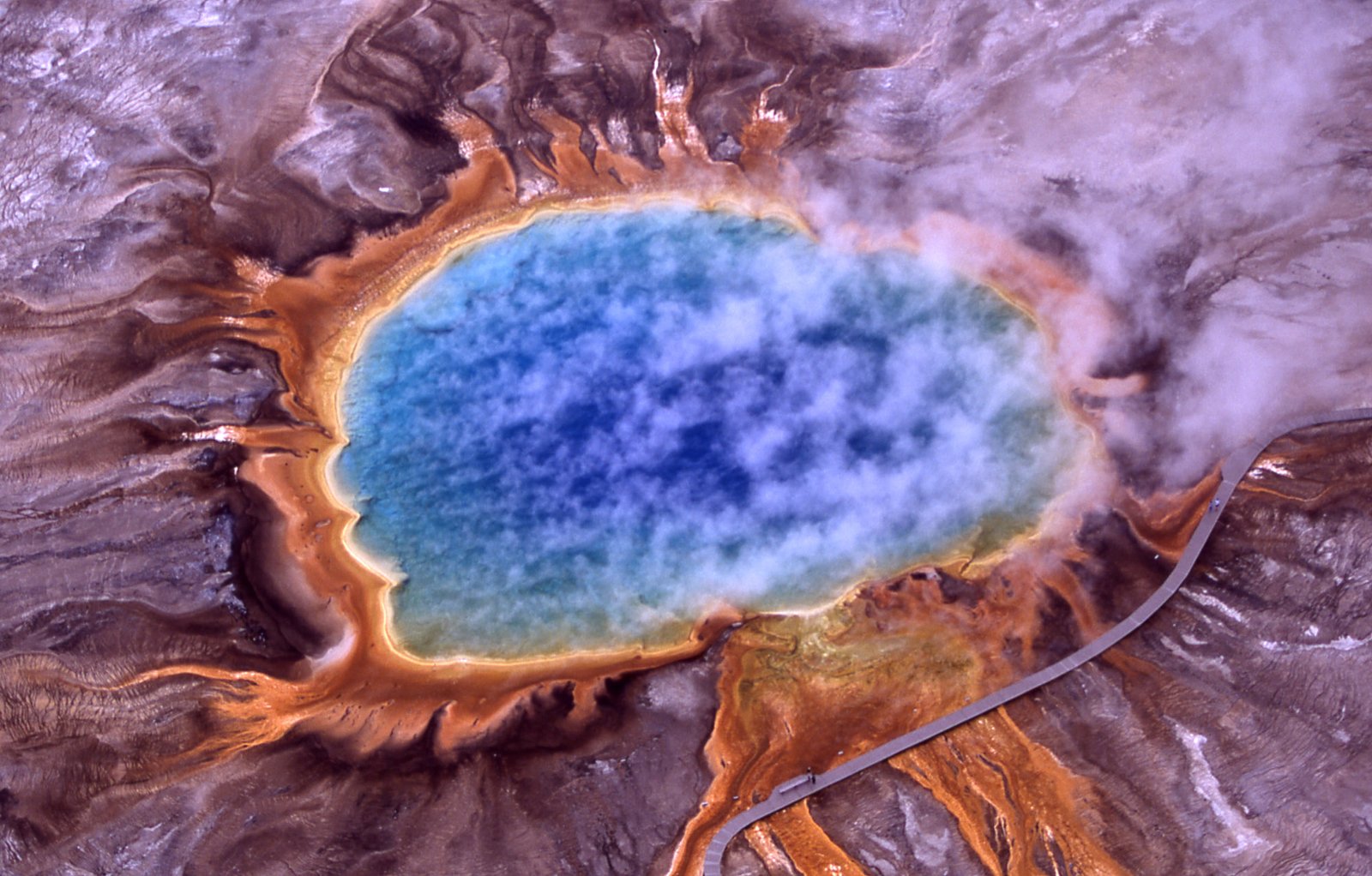
Hot‑spring microbes are more than curiosities; they’re a reference library for life at its limits. Traditional microbiology missed most of that library, because many of these organisms refuse to grow on standard media, and the ones that do can behave differently in the lab. Genome‑resolved studies are revealing metabolic options we didn’t know existed, and some are surprisingly practical. Thermostable enzymes from similar systems already power DNA amplification and break down stubborn industrial wastes, and Iceland’s communities are a fresh trove for such molecules. Even corrosion and souring in geothermal pipes trace back to microbial teams, which means better monitoring can save money and curb emissions.
There’s also the climate angle: methanogens and methane‑oxidizers trade blows in warm sediments, balancing a potent greenhouse gas right where it forms. Shift the temperature or chemistry slightly and that tug‑of‑war changes, with consequences that scale beyond a single pool. Finally, these sites are natural laboratories for astrobiology, echoing conditions suspected on early Earth and in certain Martian deposits. If we can read the biosignatures here – textures, minerals, even isotopic whispers – we refine the playbook for finding life elsewhere. The stakes stretch from Iceland’s valleys to the search for neighbors in the cosmos.
Global Perspectives
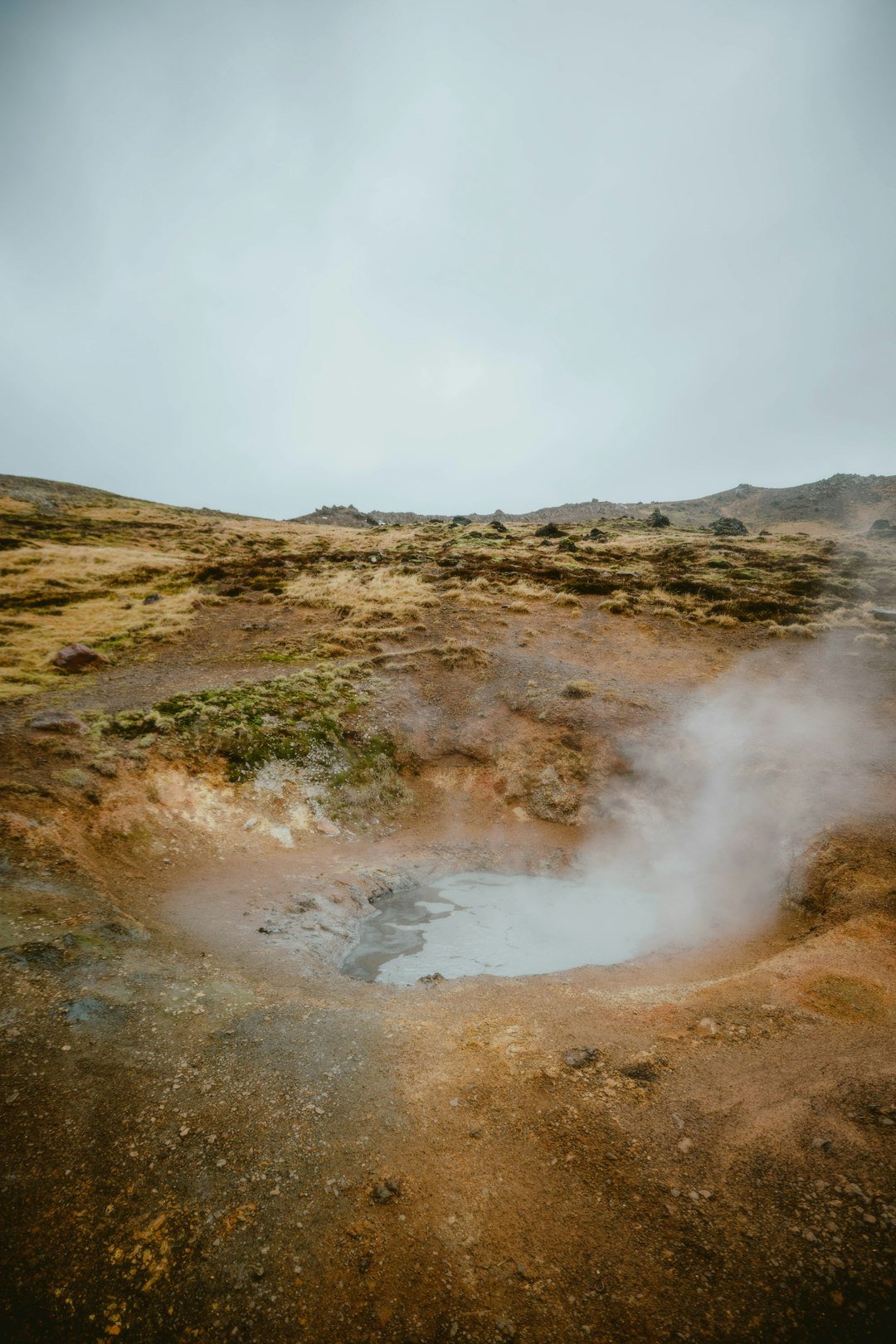
Iceland isn’t alone in hosting microbial heatworkers; it’s part of a global circuit that includes Yellowstone, New Zealand’s Rotorua, and Russia’s Kamchatka. Each region tunes the orchestra a bit differently, mixing temperatures, minerals, and gases into distinct microbial chords. Where silica rules, filaments and sinter dominate; where sulfates surge, acid‑lovers thrive and carve their own niches. Comparing these sites lets scientists separate the universal from the local and map which metabolisms keep appearing despite distance and geology. That comparative lens is how we tell a principle from a one‑off.
International collaborations knit these landscapes together, pooling methods and data to avoid reinventing the wheel at every spring. Shared standards for measuring gradients and capturing genomes make cross‑site analysis less like apples to oranges and more like apples to many varieties of apples. It also spreads risk and insight, because the same portable tools can fail spectacularly or succeed brilliantly depending on weather and access. Together, these places teach us that extremophile life is not rare; it is simply choosy. Once the right gradients exist, microbes arrive like artists to a blank wall.
The Future Landscape
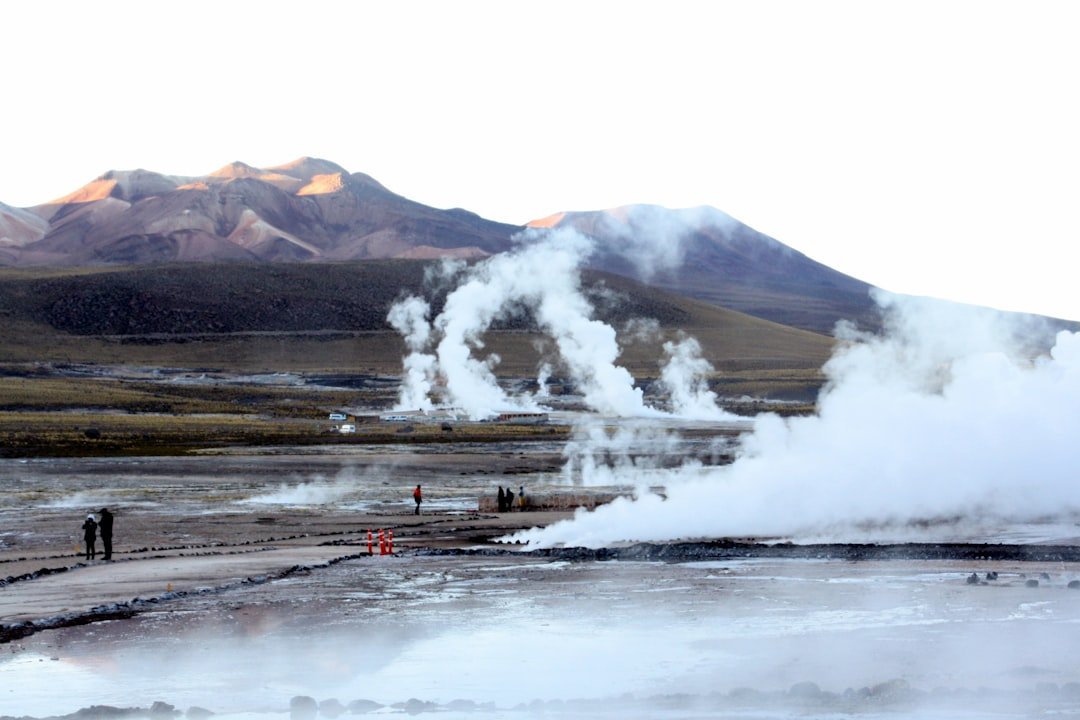
Next‑generation work will push deeper and get closer. Lab‑on‑a‑chip samplers already sit in flow for hours, catching flickers in chemistry that used to blur into averages, while in situ sequencing trims the lag between discovery and interpretation. As Iceland advances supercritical geothermal projects, researchers will probe hotter, more pressurized zones that stress even the hardiest life. Expect more genome‑assembled “dark matter” lineages to emerge, with metabolisms that stitch together sulfur, hydrogen, and metals in combinations we haven’t cataloged. That will demand smarter algorithms to sort tangled DNA and new bioreactors to test what those genomes can actually do.
Challenges loom just as large. Tourism is rising, and trampling a fragile silica ledge can erase decades of microbial growth in a single misstep. Bioprospecting raises fairness questions about who benefits when a spring yields a blockbuster enzyme, nudging policy toward transparent, equitable sharing. Biosecurity matters too, because introducing outsider microbes – or chemicals from our boots – can rewrite a pool’s script. The next decade will be a negotiation between curiosity, caution, and shared stewardship.
Conclusion
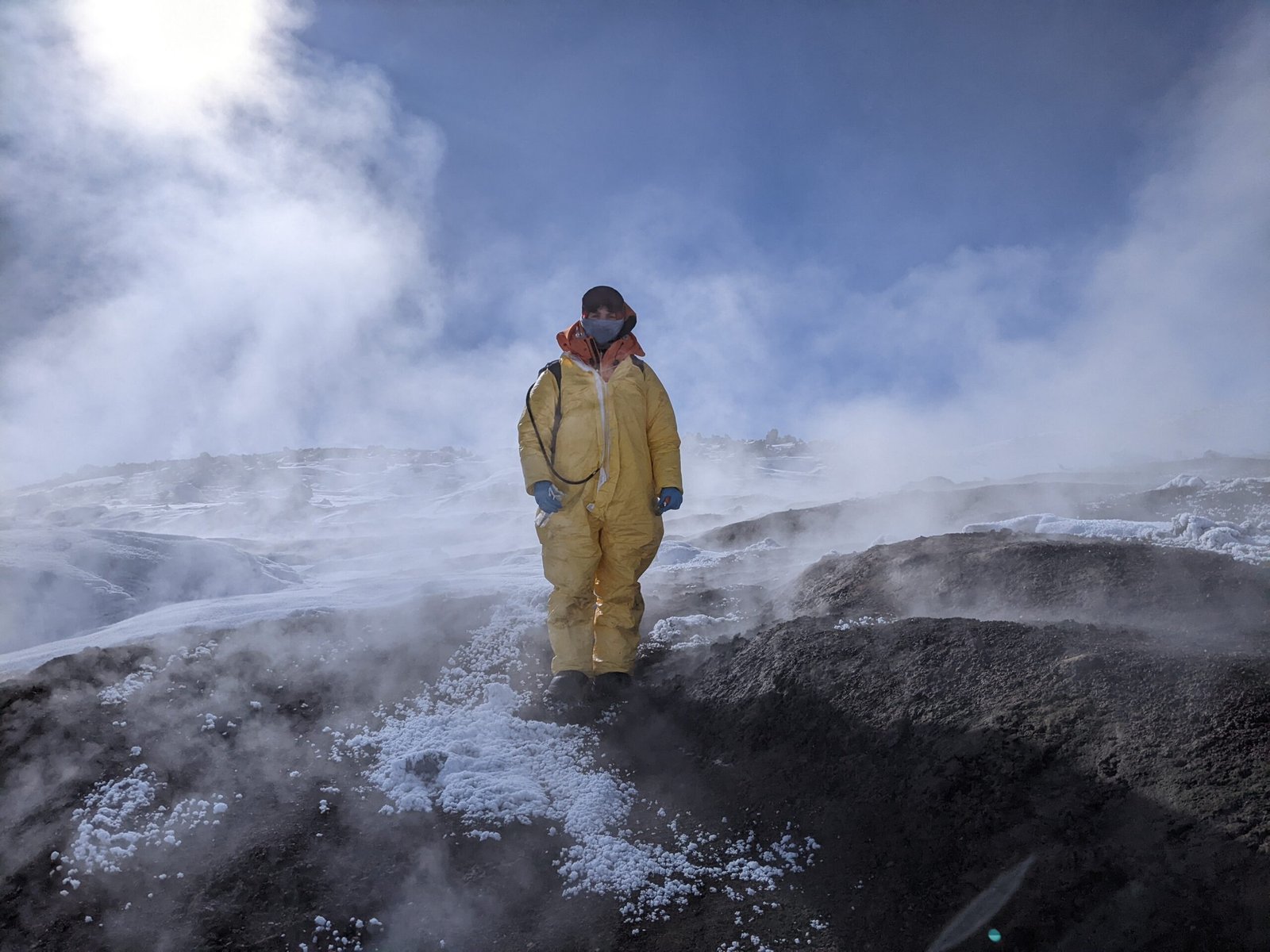
Iceland’s hot springs remind us that life doesn’t need sunlight or soil to prosper; it needs opportunity in the form of chemical imbalance and a surface to call home. Microbes seize that opportunity with the finesse of artisans, laying down filaments, pigments, and minerals until pools become palimpsests of metabolism. The science now catching up to them isn’t just clever – it’s humbling – because it shows how much we missed while looking only at what we could grow in a dish. As we map their genomes and miniature empires, we’re also mapping our own blind spots and ambitions. The story is still unfolding in the hiss of steam and the crunch of sinter under careful boots.
I keep thinking of those colors as verbs, not nouns, because they are things happening, not just things being. That shift – from scenery to process – changes how you walk a trail and how you read a landscape. It sharpens your senses for the faint signatures of life, wherever they might be hiding next. And it leaves you with a question that lingers as the steam thins in the wind: what other worlds are painting their margins right now, waiting for us to learn their language?

Suhail Ahmed is a passionate digital professional and nature enthusiast with over 8 years of experience in content strategy, SEO, web development, and digital operations. Alongside his freelance journey, Suhail actively contributes to nature and wildlife platforms like Discover Wildlife, where he channels his curiosity for the planet into engaging, educational storytelling.
With a strong background in managing digital ecosystems — from ecommerce stores and WordPress websites to social media and automation — Suhail merges technical precision with creative insight. His content reflects a rare balance: SEO-friendly yet deeply human, data-informed yet emotionally resonant.
Driven by a love for discovery and storytelling, Suhail believes in using digital platforms to amplify causes that matter — especially those protecting Earth’s biodiversity and inspiring sustainable living. Whether he’s managing online projects or crafting wildlife content, his goal remains the same: to inform, inspire, and leave a positive digital footprint.


